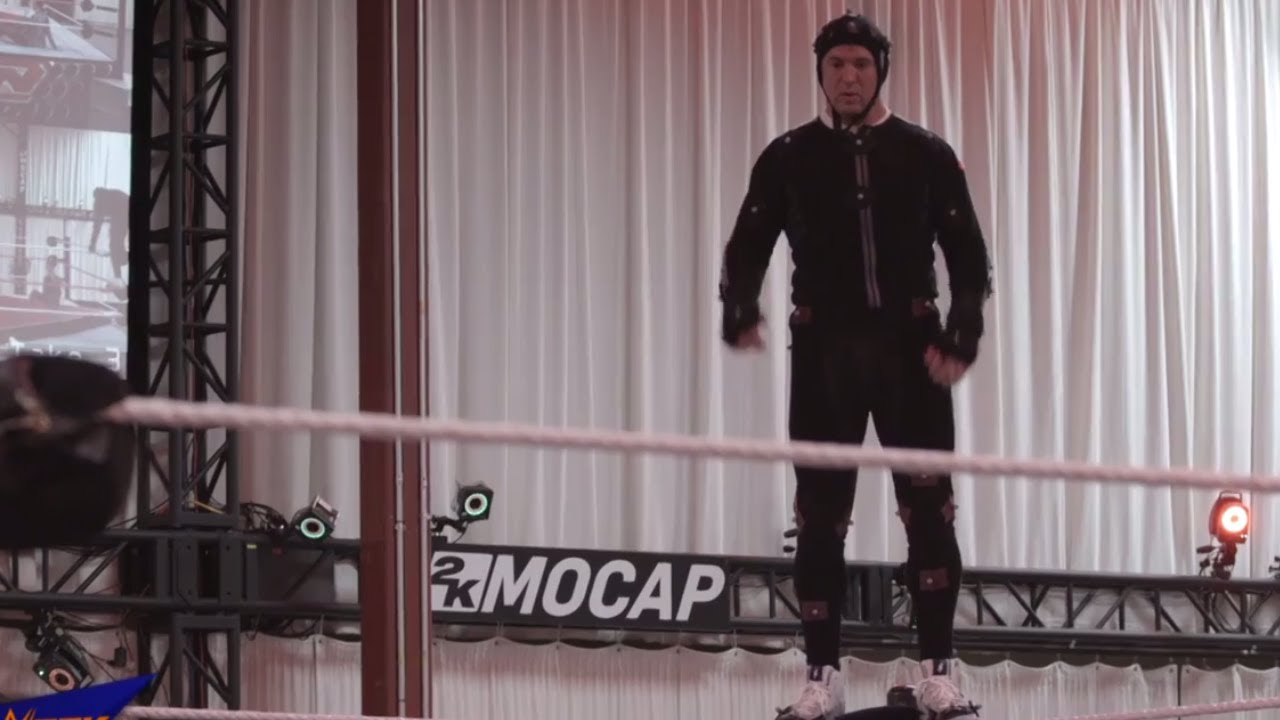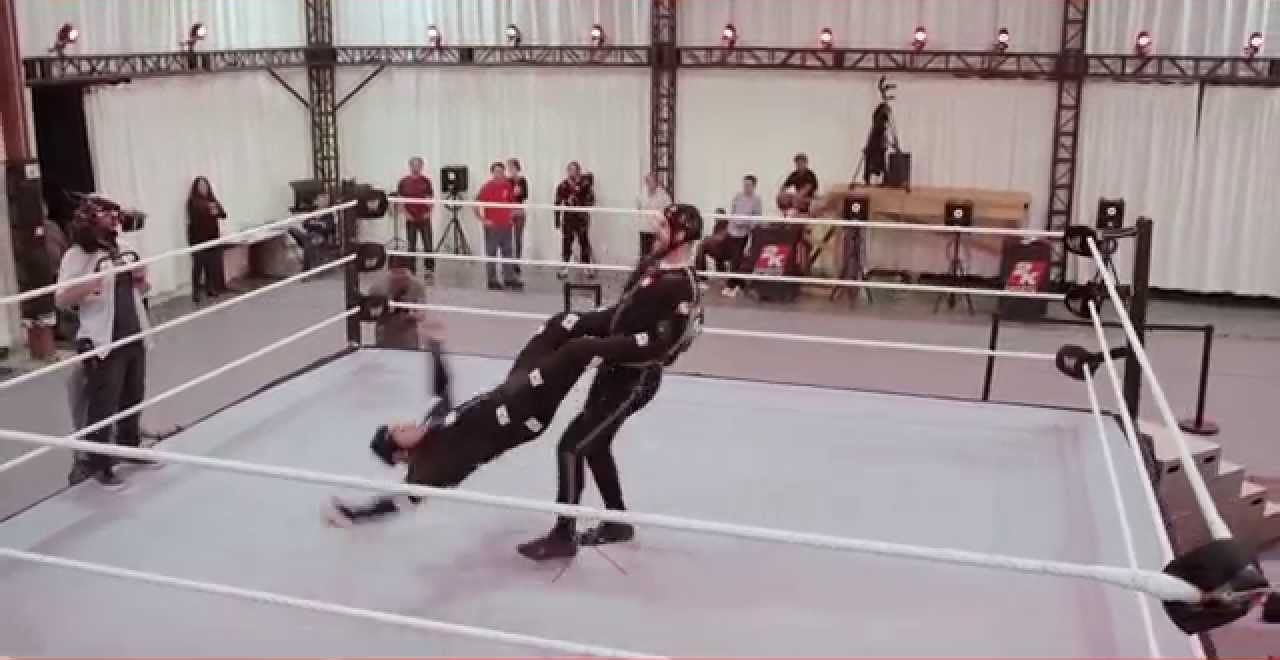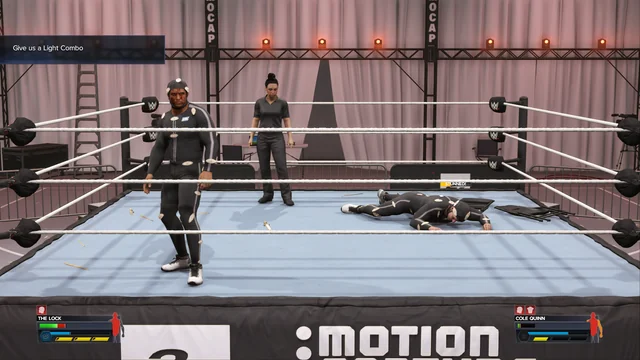The WWE 2K franchise has been a cornerstone of wrestling video games, providing fans with immersive gameplay, stunning graphics, and lifelike wrestler animations. A crucial element behind this realism is the intricate motion capture (MoCap) process used to bring WWE superstars and their signature moves to life. This deep dive explores WWE 2K’s motion capture process, how it enhances the gaming experience, and the technology that powers it.
The Role of Motion Capture in WWE 2K
Motion capture is the backbone of WWE 2K’s realistic animations. It involves tracking human movements and translating them into digital animations, ensuring every suplex, powerbomb, and finisher is as authentic as possible. By utilizing professional wrestlers and stunt performers, WWE 2K ensures that every move reflects real-life wrestling techniques.
Step-by-Step Breakdown of WWE 2K’s Motion Capture Process
1. Selection of Motion Capture Performers
WWE 2K developers collaborate with professional wrestlers, indie talents, and trained stunt doubles to perform the various wrestling moves. These performers must replicate WWE superstars’ move sets accurately, ensuring authenticity.
2. Wearing the Motion Capture Suit
Performers wear specialized MoCap suits embedded with sensors that track their body movements. These suits contain reflective markers strategically placed on key joints to capture every motion in high detail.
3. Filming the Moves in a MoCap Studio
The motion capture process occurs in a state-of-the-art studio equipped with multiple high-speed cameras. These cameras track the reflective markers on the performer’s suit from various angles, allowing precise motion data collection.
4. Data Processing and Animation Refinement
Once captured, the raw movement data undergoes refinement by animators. They clean up any inconsistencies and enhance fluidity, ensuring each move looks natural in the game.
5. Integration Into the WWE 2K Game Engine
After refinement, the animations are integrated into the WWE 2K game engine. Developers assign these animations to in-game wrestlers, matching them with their real-life counterparts for authenticity.

The Evolution of Motion Capture in WWE Games
The motion-capture process in WWE games has evolved significantly over the years. Early wrestling games relied on hand-drawn animations or limited motion capture technology, resulting in rigid and unrealistic movement. However, with advancements in MoCap technology, WWE 2K now offers:
- More Fluid Animations – Wrestlers move with natural physics, improving gameplay realism.
- Better Facial Expressions – Enhanced facial capture technology ensures more lifelike reactions.
- More Moves and Variations – A wider range of animations allows for diverse wrestling styles.
How Motion Capture Enhances the WWE 2K Experience
The use of motion capture technology significantly improves the WWE 2K gaming experience by:
- Ensuring Realistic Movement: Every wrestler’s movement mimics real-life counterparts, from walking animations to high-impact finishing moves.
- Creating Unique Superstar Signatures: MoCap ensures accurate replication of each superstar’s distinct move set, adding authenticity.
- Providing a Cinematic Feel: The realism of MoCap animations makes entrances, taunts, and in-ring action feel like a real WWE broadcast.
- Improving Gameplay Mechanics: More accurate animations result in smoother controls and more immersive gameplay.
Challenges in WWE 2K’s Motion Capture Process
Despite its benefits, motion capture in WWE 2K comes with challenges, such as:
- Injury Risks: Wrestling moves are physically demanding, posing injury risks to MoCap performers.
- Technical Limitations: Some complex moves require extensive post-processing to translate correctly into the game.
- Time-Intensive Process: Capturing, refining, and implementing thousands of animations demands significant time and resources.

The Future of WWE 2K Motion Capture
As technology advances, WWE 2K’s motion capture process is expected to improve with:
- AI-Driven Animation Enhancements: Machine learning could streamline animation processing for even more fluid movement.
- Full-Body and Facial Scanning Innovations: Future games might capture entire body and facial expressions in greater detail.
- Improved Collision Detection: Enhanced physics engines will make in-game wrestling interactions even more realistic.


